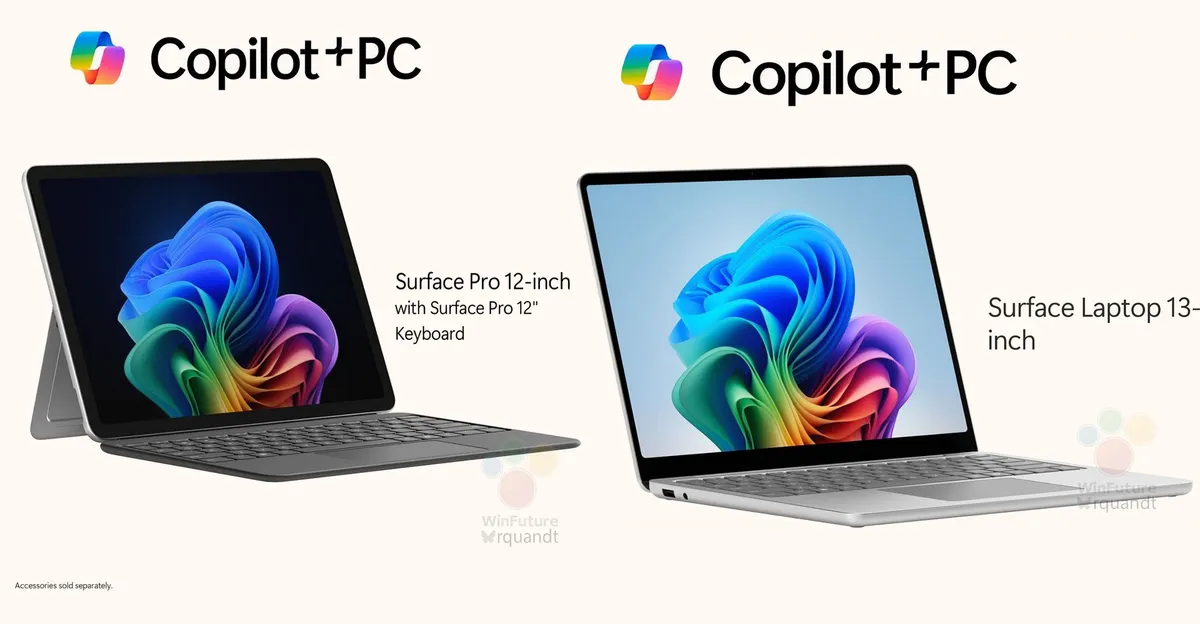
Microsoft has exciting news for tech enthusiasts as it gears up for a highly anticipated Surface launch event set for May 6. Recent leaks from WinFuture have provided insights into what we can expect from this event. According to the publication, Microsoft plans to unveil two new Surface products: the Surface Laptop 13 and the Surface Pro 12. While these devices offer different functionalities, they share a common architecture.
Both the Surface Laptop 13 and the Surface Pro 12 are powered by the Qualcomm Snapdragon X Plus, featuring an 8-core configuration. This isn’t a brand-new architecture; rather, it utilizes the well-known Oryon core design, likely the X1P-42-100 SKU that has been discussed in previous announcements. This setup allows for up to 8 ARM cores with a boost clock speed of 3.4 GHz, along with a Neural Processing Unit (NPU) capable of delivering up to 45 TOPS of performance.
The shift towards ARM architecture is a significant highlight of this new Surface lineup, aligning with Microsoft's broader Copilot+ PC initiative. Earlier, Intel's Lunar Lake and AMD's Strix Point APUs also received certification as full Copilot+ PC platforms. However, it appears that Microsoft is currently placing its bets on Qualcomm as its primary partner.
While there is optimism surrounding these new devices, various reports indicate that Qualcomm has faced challenges in persuading the market to fully embrace its technology. Factors such as early performance issues, a lack of affordable options, and Microsoft's ambiguous strategy—especially regarding NPU support on AMD and Intel platforms—have contributed to this hesitation.
The Surface Pro 12 will be available with two storage options: 256 GB or 512 GB of UFS storage, alongside a maximum of 16 GB of RAM. However, these specifications may not appeal to professional users, especially since the device omits a USB Type-A port and relies solely on USB Type-C connections. Furthermore, reports suggest that Microsoft will not include a power adapter with the Surface Pro 12.
On the other hand, the Surface Laptop 13 is designed as a mid-range option, positioned below the 13.8-inch and 15-inch Surface models. It boasts a PixelSense LCD display, albeit limited to a 60Hz refresh rate. This model features a more rounded aesthetic compared to its predecessors. Similar to the Surface Pro 12, it will also offer 256 GB or 512 GB of UFS storage and 16 GB of RAM.
As of now, specific pricing and release dates for these devices remain unknown. However, with the Surface Laptop 13 and Surface Pro 12 set to hit the market soon, tech fans are eagerly awaiting more details from Microsoft.